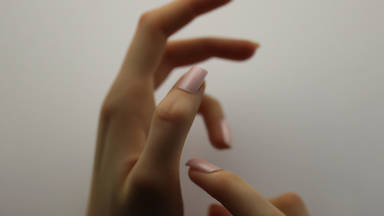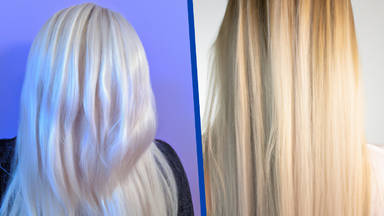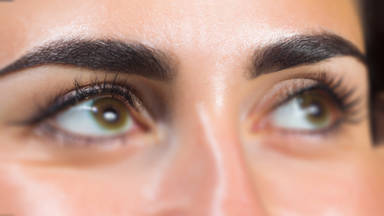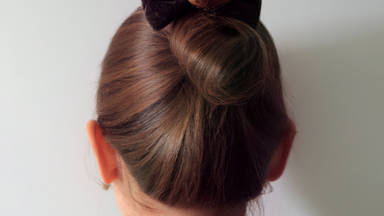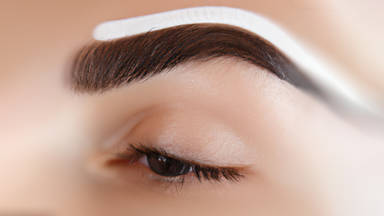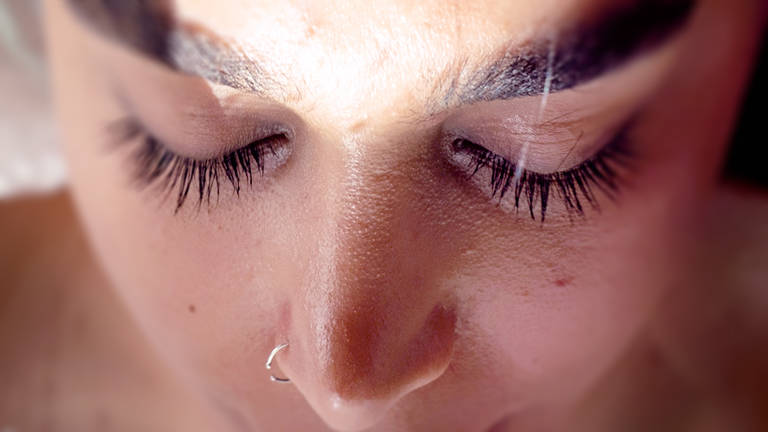
An alternative to surgery, Platelet-Rich Plasma (PRP) therapy can be used for acne scarring, surgical scarring, hyperpigmentation, uneven skin tone, wrinkles, and fine lines. Our article answers many of your questions about PRP Therapy, which is also called Plasma-Trapy or PRP-Facial Rejuvenation. First, You would like to tell you a bit about Plasma Therapy and the devices used for this procedure.
The term Plasma in PRP Therapy has nothing to do with Plasma as a physical state. It is simply a similarity in terminology. This had to be mentioned since we've received numerous questions about it.
There are many growth stimulators and healing factors in plasma, which is a natural component of the blood. A reintroduction of Platelet-Rich Plasma to the skin stimulates collagen production and blood vessel growth, resulting in rejuvenated and refreshed skin.
Plasma Therapy has several advantages, of which is not penetrating deep into the tissue and allowing complete control over treatment. Depending on how sensitive the skin is, the tissue scars will disappear after one week to one month, and no scars or colloid will remain after this period.
The Plasma Jet is one of the newest cosmetic technologies. When plasma is injected through the applicator, it enters the epidermis layer, which is the uppermost layer of the skin. The result is a lifting procedure as a result of the skin retraction. Furthermore, plasma's contact with the skin results in collagen regeneration. For this lift, it is possible to use either scanning or point-by-point methods.
It is also worth mentioning that Plasma Therapy can be performed on almost any age group, as well as on people with a wide variety of skin problems. A person can use this method and get the best results without having to undergo surgery, regardless of the reason, be it the cost or the risks associated with anesthesia, etc.
You can expect to see the best results after between one and four sessions, depending on your skin type. For minor defects, you will see the positive impact on them immediately after one session. There may be up to four sessions needed for people with deep scars or complex defects.
There is also the question of how long between sessions goes. In general, it goes from one to two months between sessions, depending on the case. A complete healing of the skin is necessary before the next session.
When can Plasma therapy be used?
In addition to treating the lines around the eyes, and smile lines on the face, Platelet-Rich Plasma Therapy can also reduce or cure all forms of wrinkles. Scars can also be treated with PRP Therapy and it is also used to remove warts and moles.
In the field of cosmetics, scar treatments are one of the more complicated and challenging issues. The scars can be treated using this method without causing any damage, pain, or residue, and the procedure can be performed while you are out of the hospital. In addition to stretch marks in women after pregnancy, Xanthelasma, Colloids, and Angiomas, Plasma Therapy has also been used for nose lift procedures. You should keep in mind, however, that it won't work very well if you have a nose with big bones and is best used on nasal structures that are more fleshy.
The PRP procedure can remove moles, lines, and acne, and lift or reduce double chins. Thin or lighter-skinned people are more likely to suffer from acne. There are two types of acne, sun-induced or liver-related. Plasma Therapy can help you treat both. You must, however, find the cause of acne to resolve it fully, and Plasma Therapy can only help reduce acne.
Plasma Jet is most commonly associated with the term Blepharoplasty, which is its most effective application. Blepharoplasty is actually a procedure done on the eyelids that gave rise to the term. Prior to the invention of PRP, surgeons used to remove part of the eyelids and then stitch the two remaining parts together, potentially leading to color changes, inflammation, and scar tissue afterward.
In many cases, the medical problems can be alleviated with plasma therapy, usually in one session, and then blepharoplasty can complete the healing process. In addition to helping people with ptosis and inflammation of their eyelids avoid the side effects of surgery, Plasma Jet is good news for people with any type of eyelid problem.
In contrast to Botox, plasma jet doesn't have a temporary effect and lasts a lifetime. No regrowth will occur after the excess skin is removed in this procedure.

